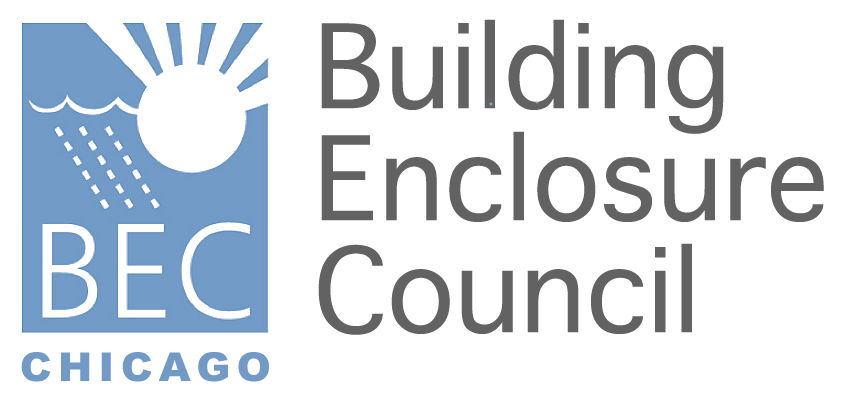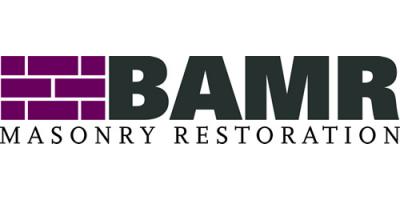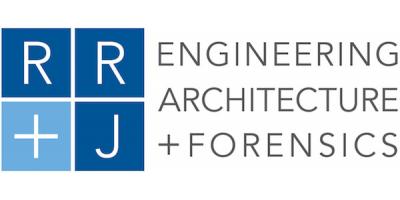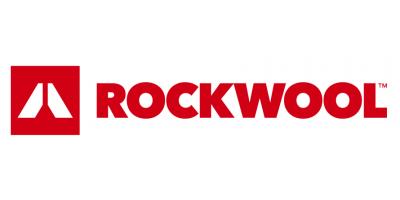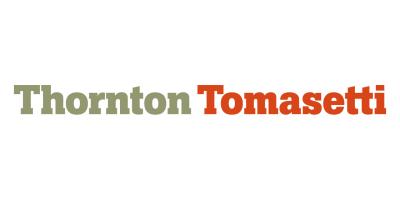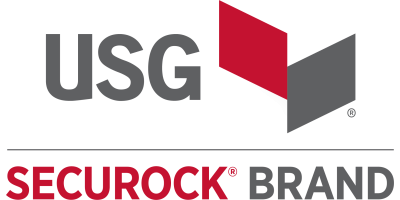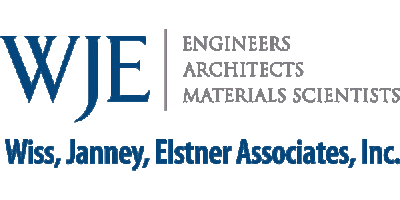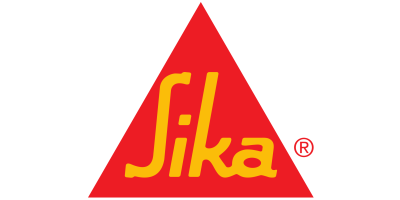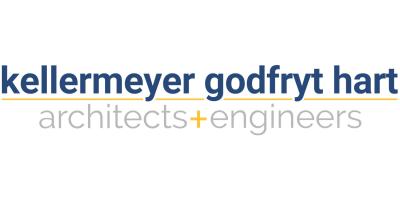| Location | Cannon Design, 225 N Michigan, Suite 1100, Chicago |
NOTE: TWO PORTIONS OF THIS PROGRAM COMBINED INTO ONE. ABSTRACT & LEARNING OBJECTIVES: (Advanced Structural Silicone Glazing) This presentation presents an advanced engineering technique using finite element analysis to improve structural silicone glazing (SSG) design in high-performance curtain wall systems for building facade. High wind pressures often result in bulky SSG aluminum extrusion profile dimensions. Architectural desire for aesthetically slender curtain wall sight-lines and reduction in aluminum usage led to optimization of structural silicone bite geometry for improved stress distribution through use of finite element analysis of the hyperelastic silicone models. This advanced design technique compared to traditional SSG design highlights differences in stress distribution contours in the silicone sealant. Simplified structural engineering per the traditional SSG design method lacks accurate forecasting of material and stress optimization, as shown in the advanced analysis and design. Full scale physical specimens were tested to verify design capacity in addition to correlate physical test results with the theoretical simulation to provide confidence of the model. This design technique will introduce significant engineering advancement to the curtain wall industry and building facade. • Historical review of current design practices of structural silicone glazing (SSG) • Overview of Architectural Challenges Facing SSG Design for Facades • Definition of a new method of design for structural silicone glazing ABSTRACT & LEARNING OBJECTIVES (Correlation of ASTM C1135 to Structural Testing in Curtainwall Applications): The purpose of the research presented herein is to correlate structural sealant laboratory test methods with structural test methods for full scale curtainwall mockups. Glass panels were adhered to extruded anodized aluminum frames using multi-component structural silicone sealants for both 2-sided and 4-sided attachment. These panels were tested and deflection was recorded at various typical windload pressures (in the spirit of ASTM E330) during multiple cure times of the adhesives. The data has been compared to ASTM C1135 coupon testing performed at the same cure times. The goal of the research was to better understand how well ASTM C1135 characterizes sealant behavior; and use the data as a platform to predict the performance of full scale construction. By validating structural performance with cure time, assurance of the structural silicones’ integrity during transportation to the site can be confirmed. This data set also took in consideration the time needed for removal of temporary fasteners during a re-installation of broken glazing on an existing structure. A unique observation concluded temporary fasteners could in fact be removed within one day of application depending upon site conditions. There are often unique conditions beyond the scope of full scale mock up testing. This data set is able to provide predicted structural silicone performance in both typical and unique cases. • A comparison of common laboratory test procedure for qualifying structural sealants to “real world” full size window unit pressure testing • Defining an acceptable time frame in which temporary clips can be removed from structurally glazed units and establishing the laboratory test procedures to define that time frame accurately • Compare the performance of conventional 2 part structural glazing sealants with a novel 2-part sealant that is packaged for manual installation. PRESENTER BIOS: Jon Kimberlain currently provides technical expertise and application support for Dow Corning as an Application Specialist in High Performance Building for the Southeastern US. He is active in Glass Association of North America including current division chair for Building Enclosure Contractors and member of the board of directors. Jon has provided expertise and technical knowledge for industry documents related to the use of sealants in construction applications including the GANA Sealant Manual and “Joint Sealants: Product and Application for the Natural Stone Industry” for Marble Institute of America in addition to recent publications on fundamental research into the performance of silicone based materials. Lisa Honaman currently provides technical expertise and application for Dow Corning as an Application Specialist in High Performance Building in the Midwest and Canada. She is active in Sealant, Waterproofing and Restoration Institute, including the Technical Resources and Product Validation Committees. RSVP: For BEC Chicago members, an RSVP invite will be sent out approximately 7 to 10 days in advance. For non-BEC Chicago members interested in attending, you may contact jdiqui@stocorp.com to request an invite. The invitation will include a link to an RSVP. Attendance will be limited to the first 60 that RSVP.
